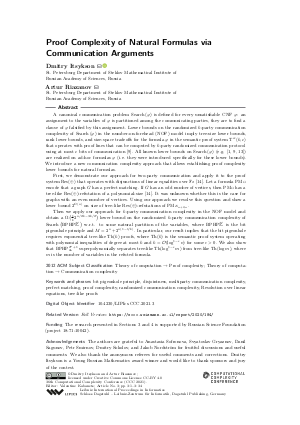LIPIcs.CCC.2021.3.pdf
- Filesize: 1.05 MB
- 34 pages

 Creative Commons Attribution 4.0 International license
Creative Commons Attribution 4.0 International license








Feedback for Dagstuhl Publishing